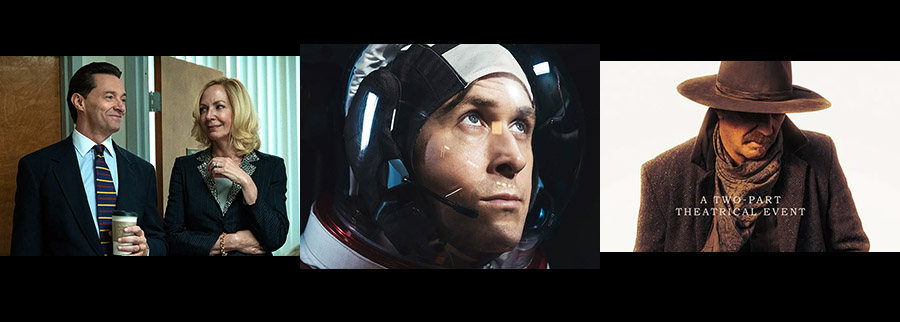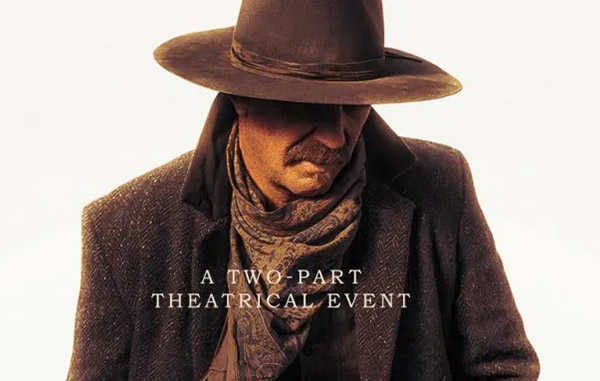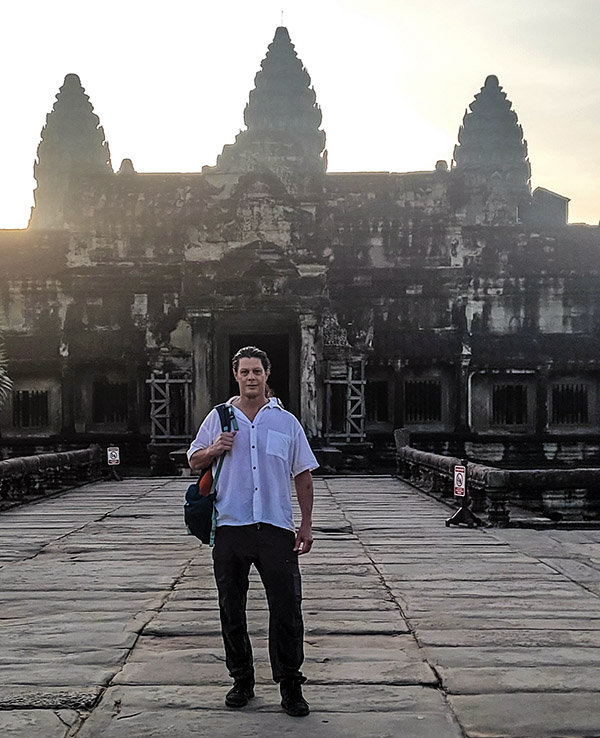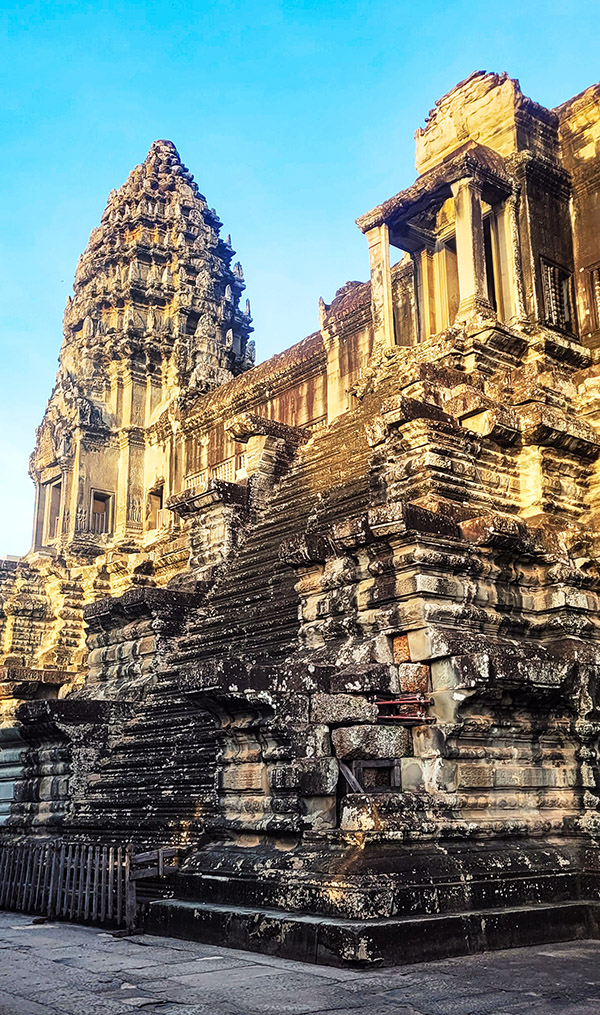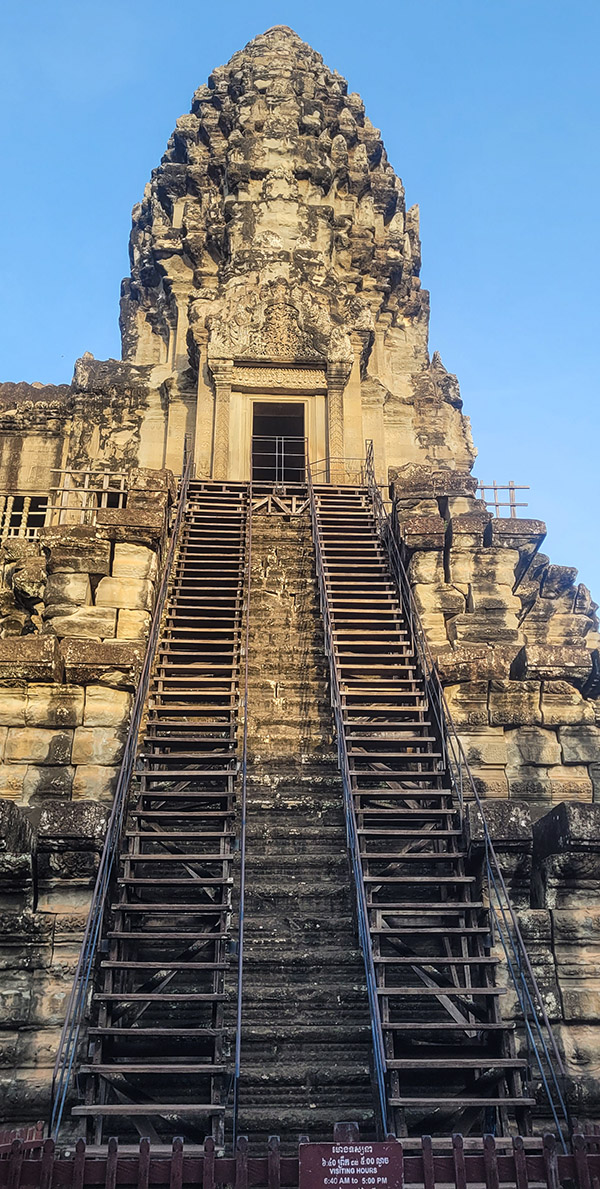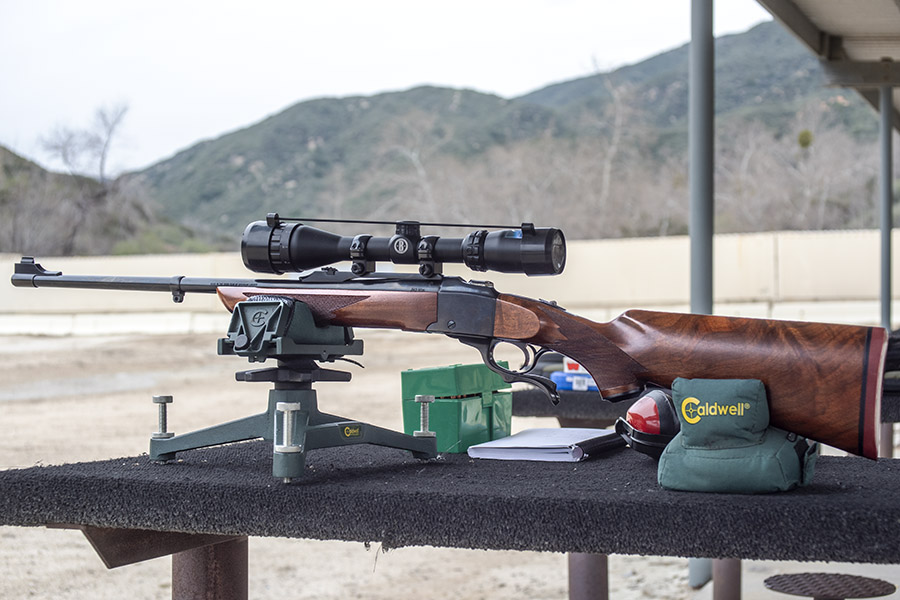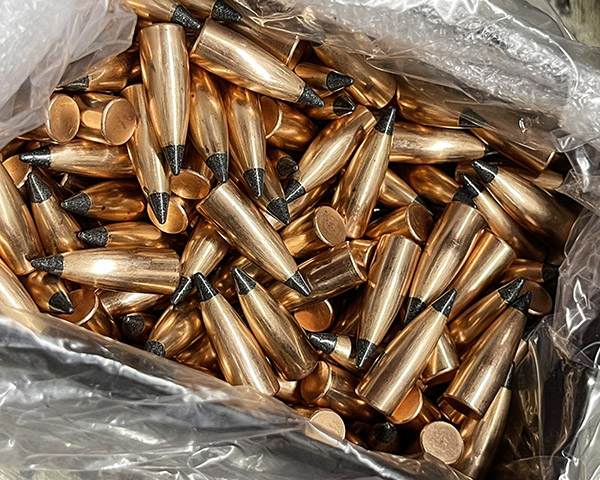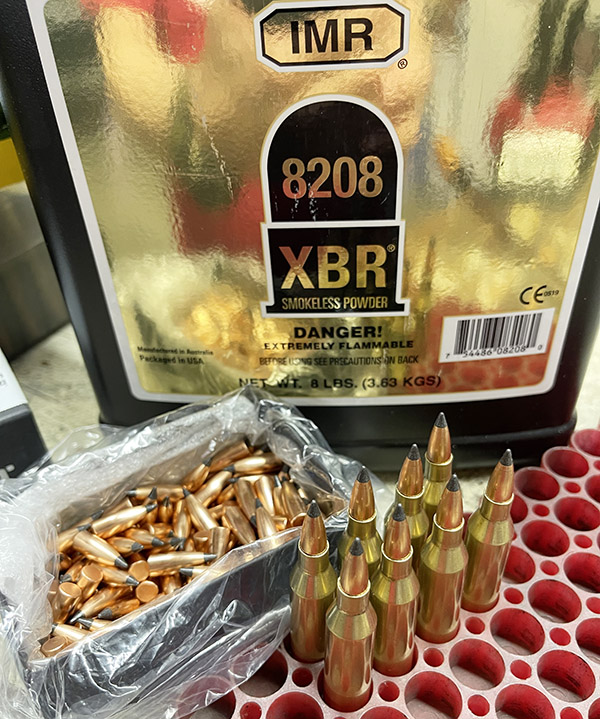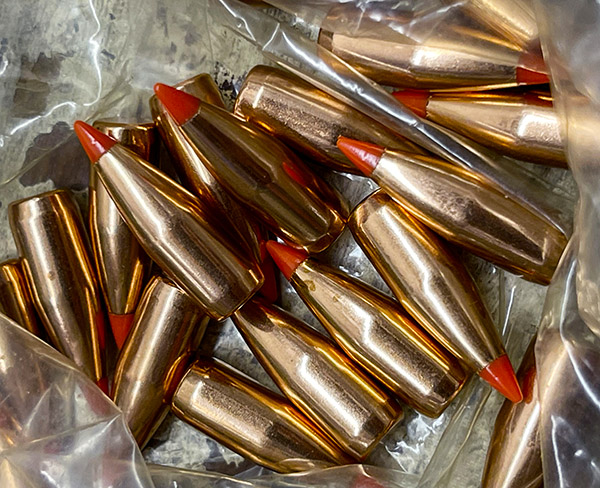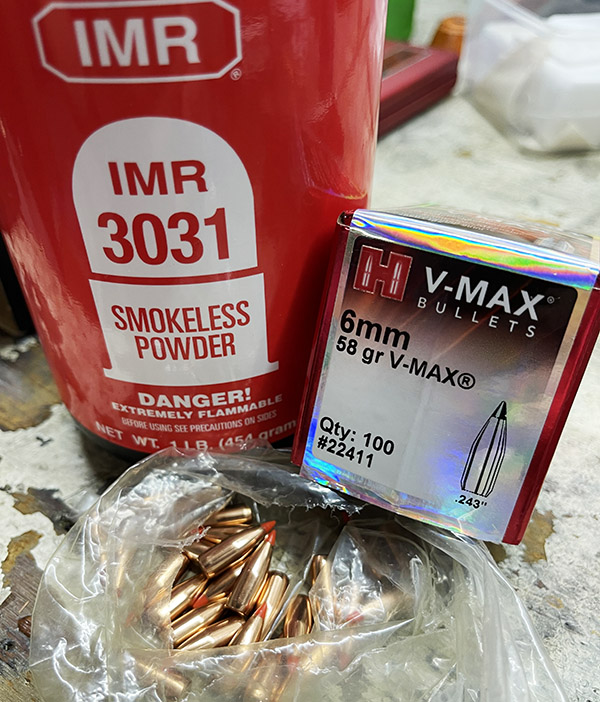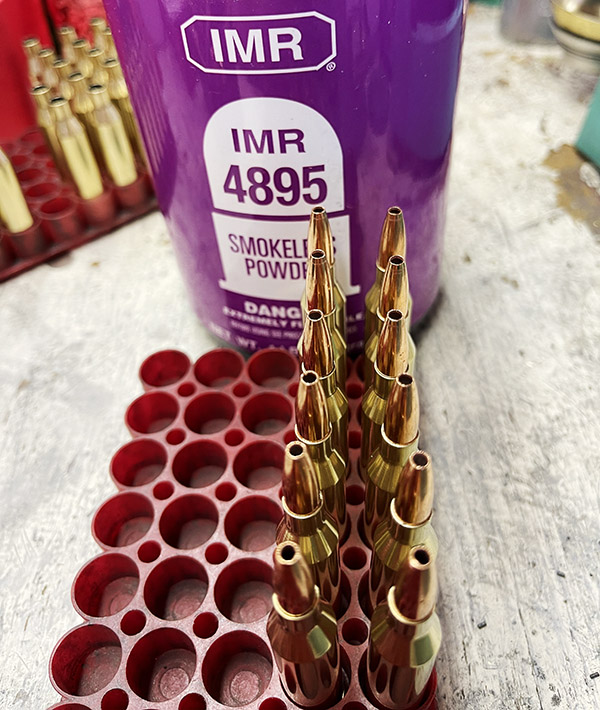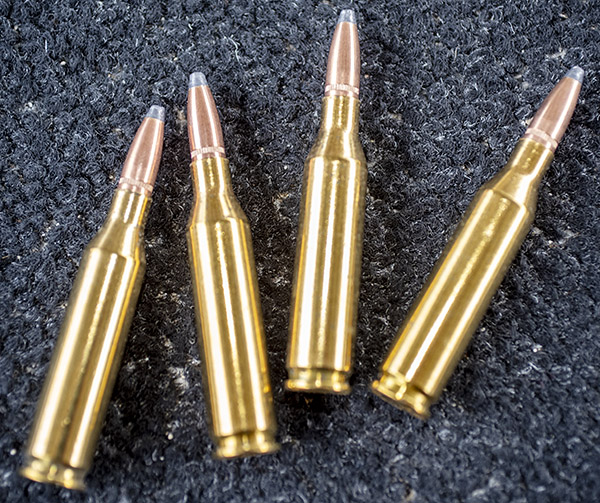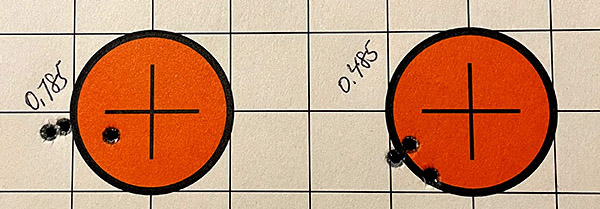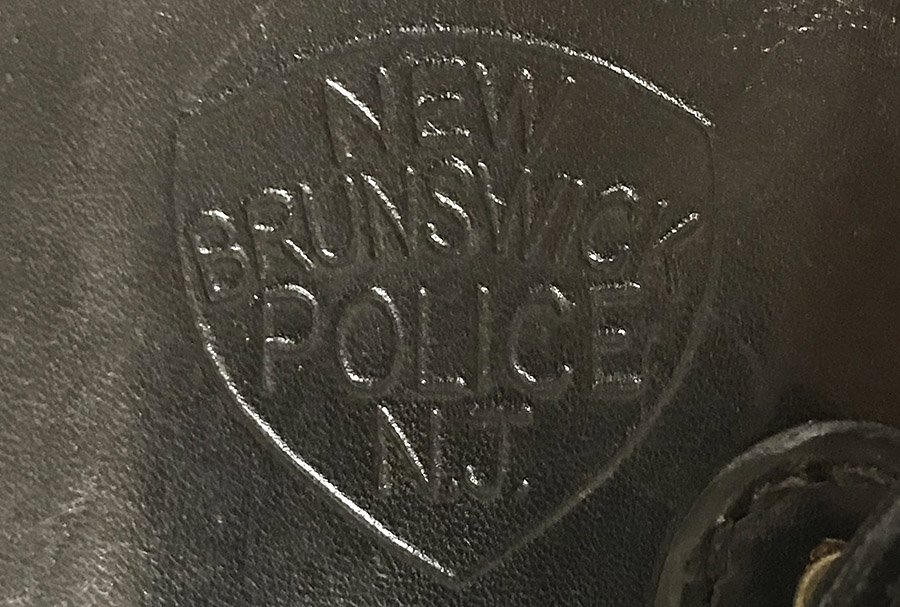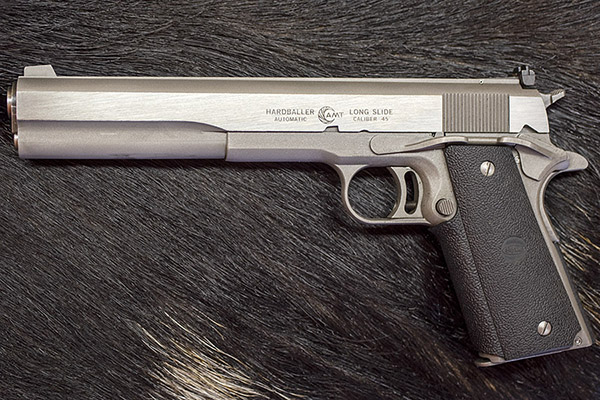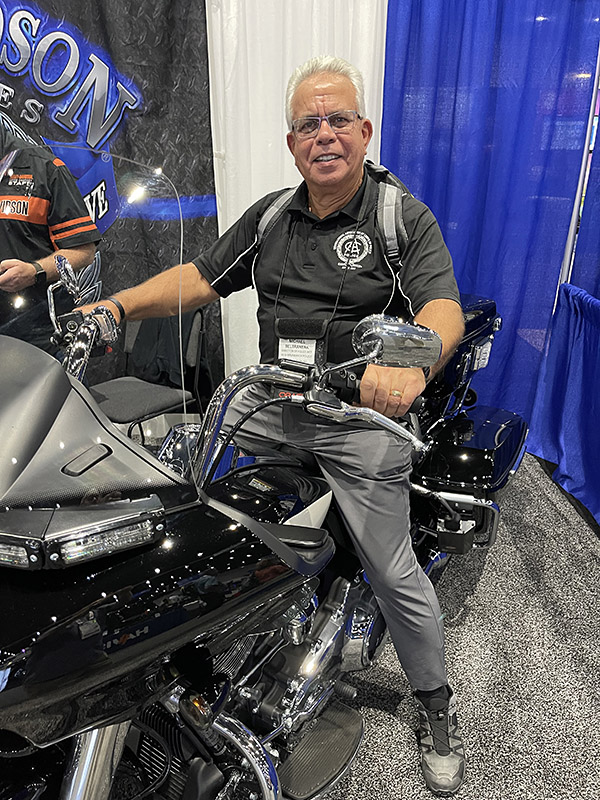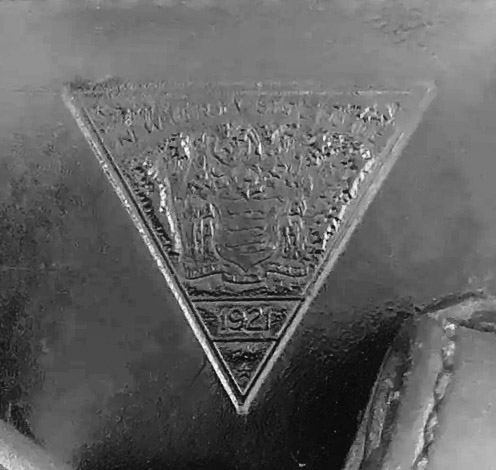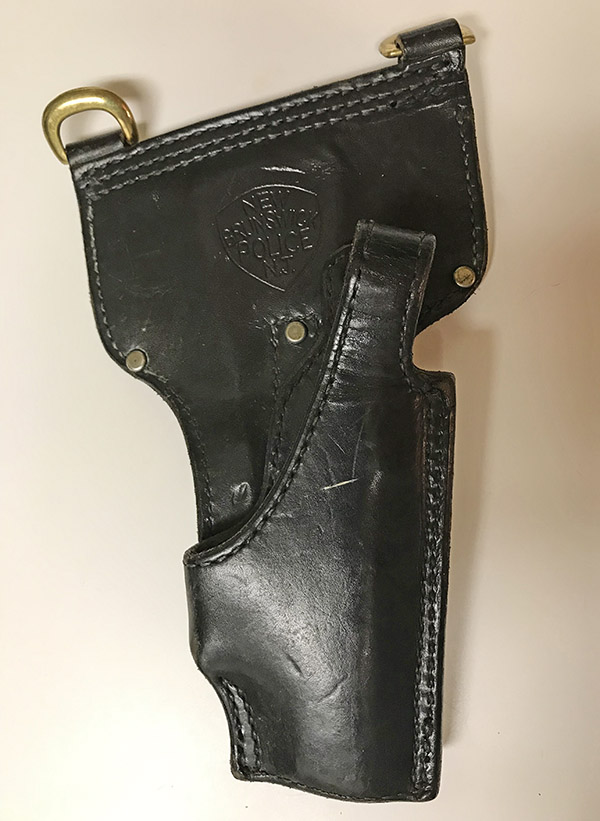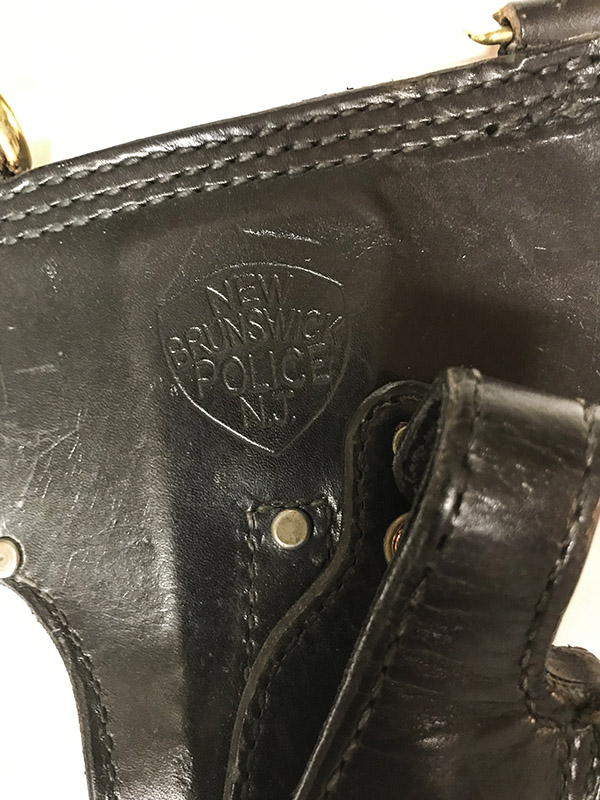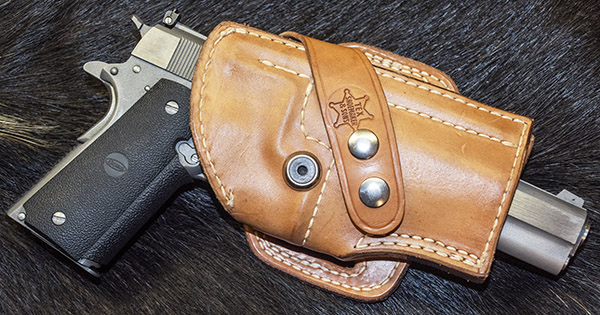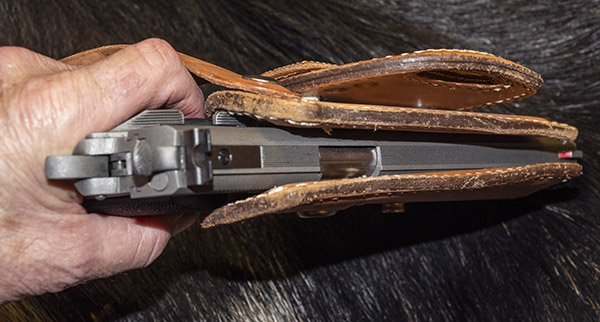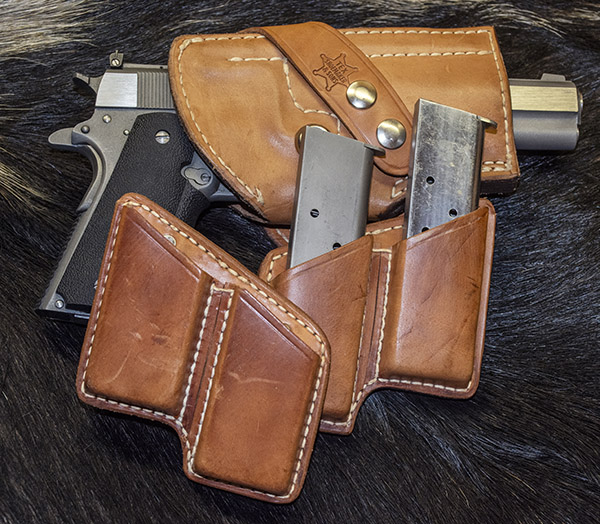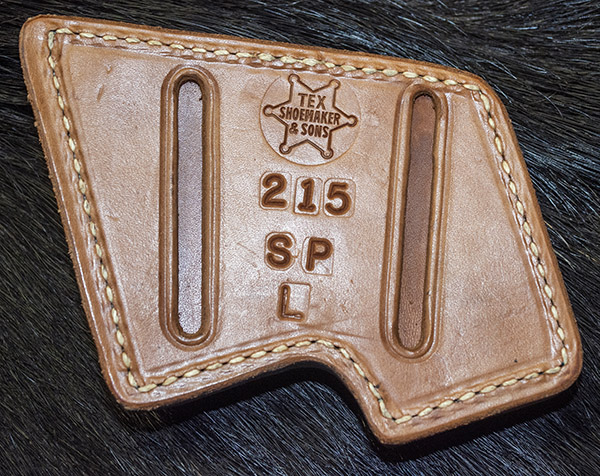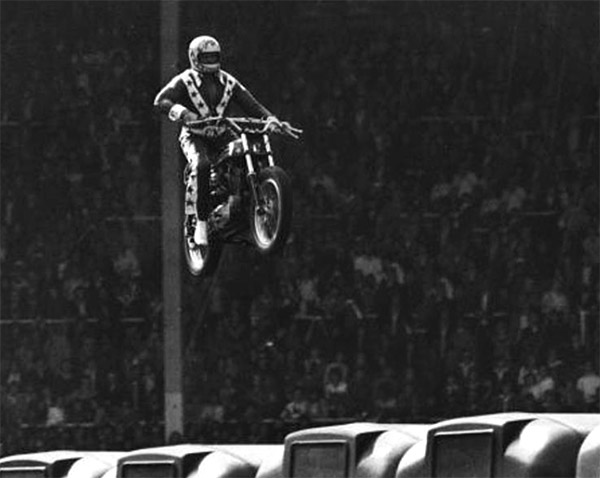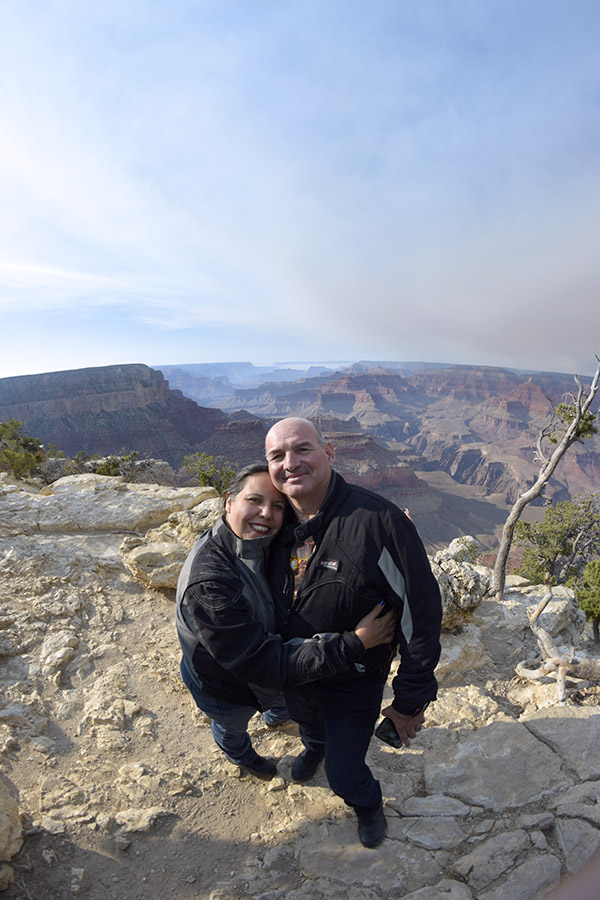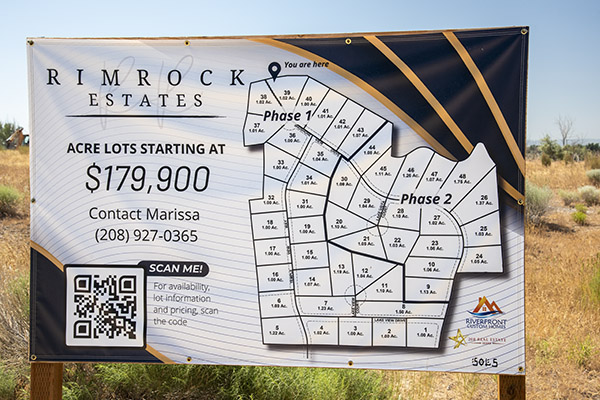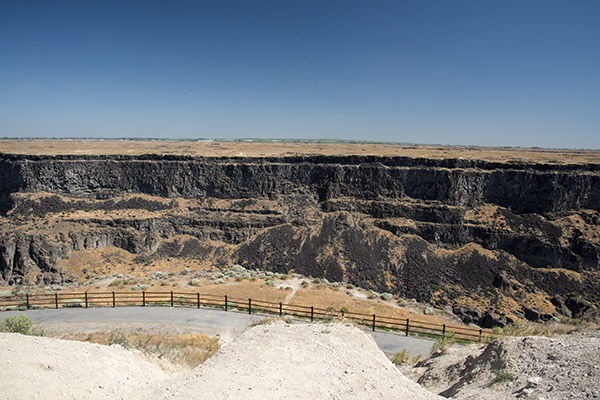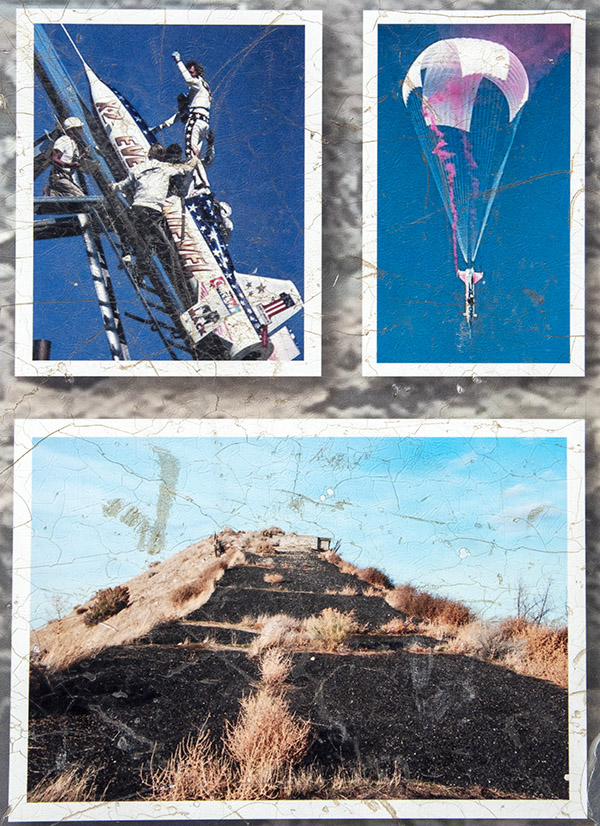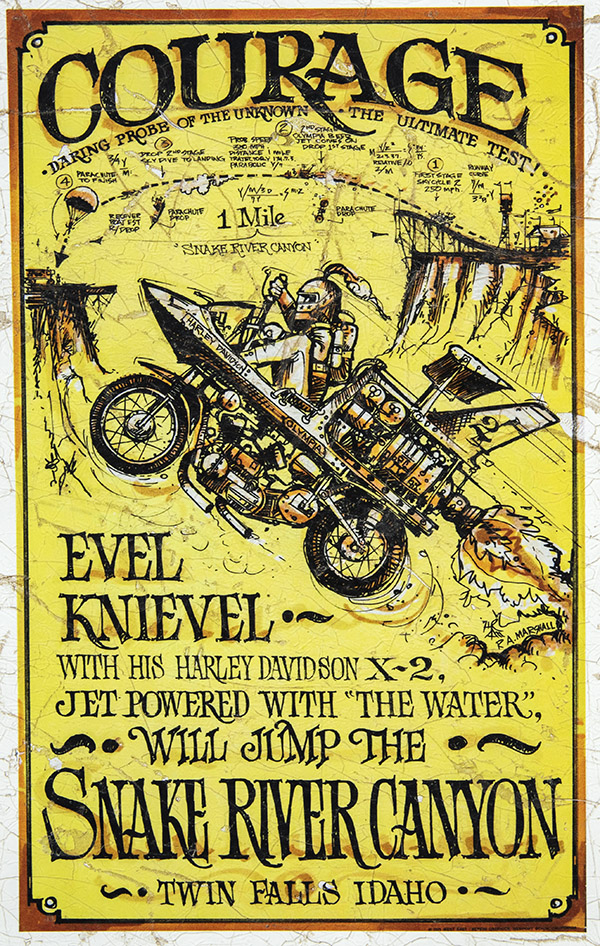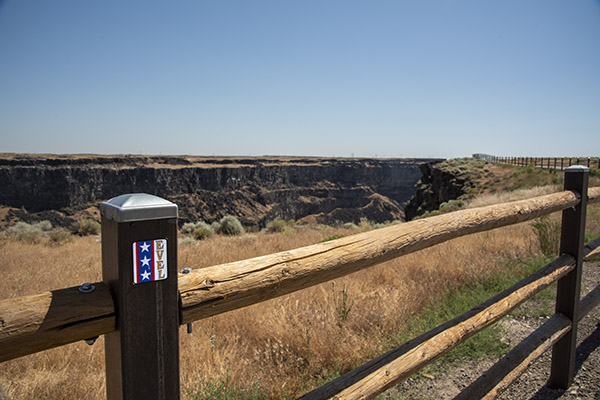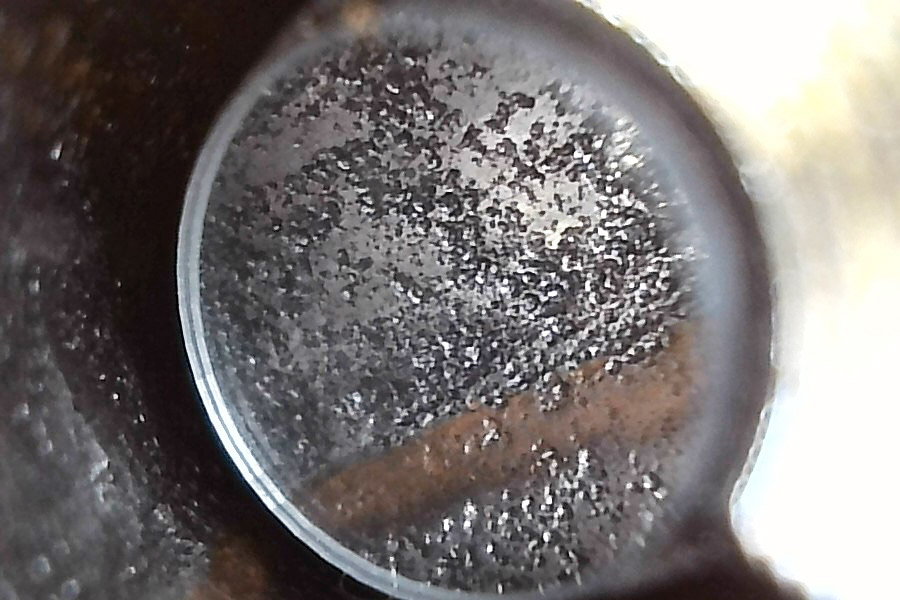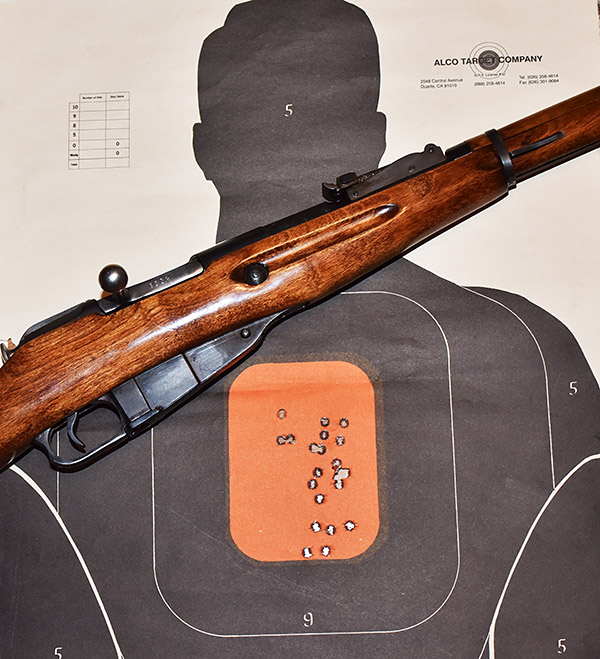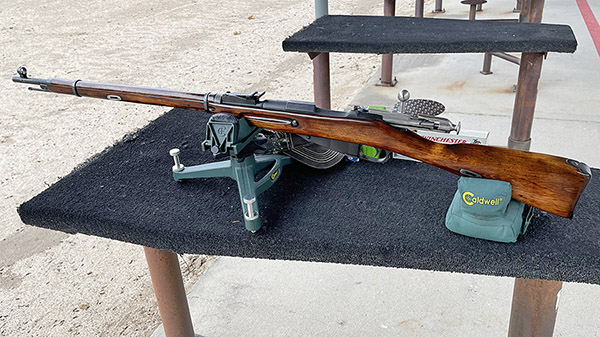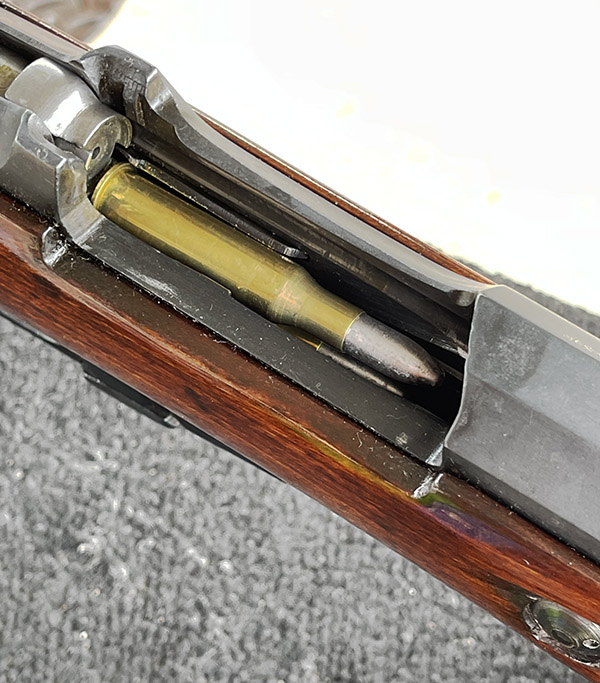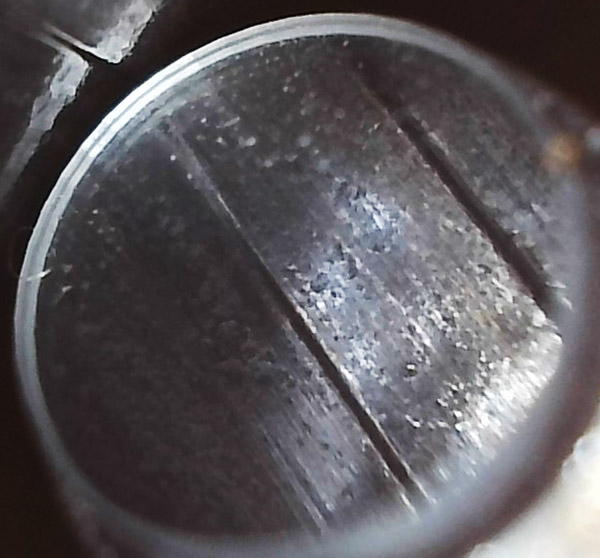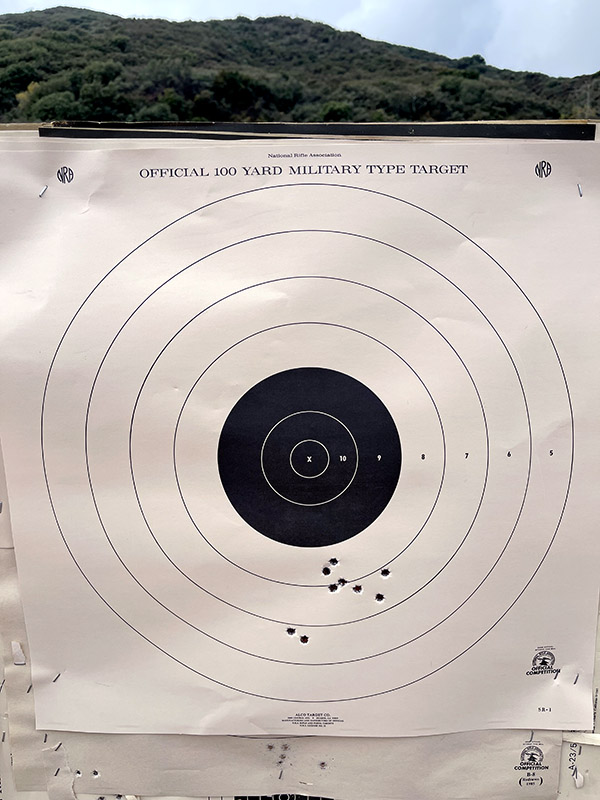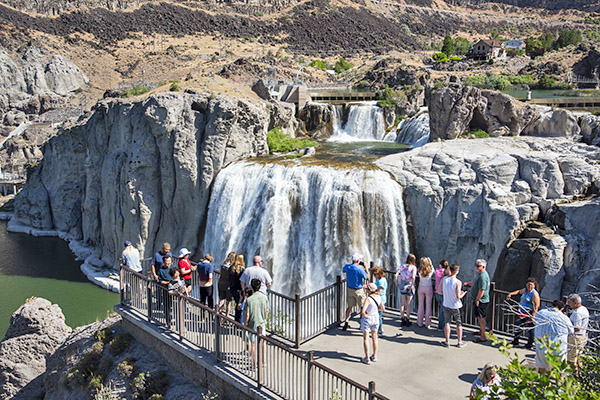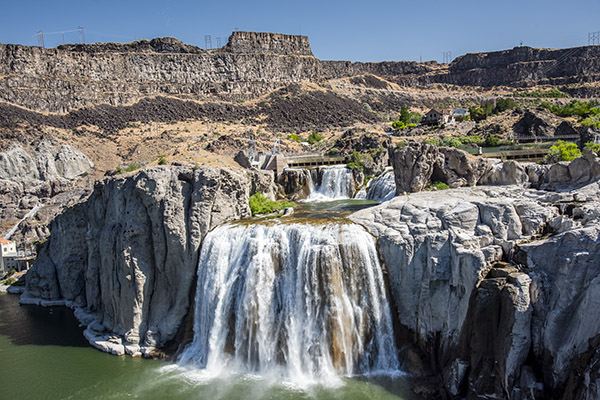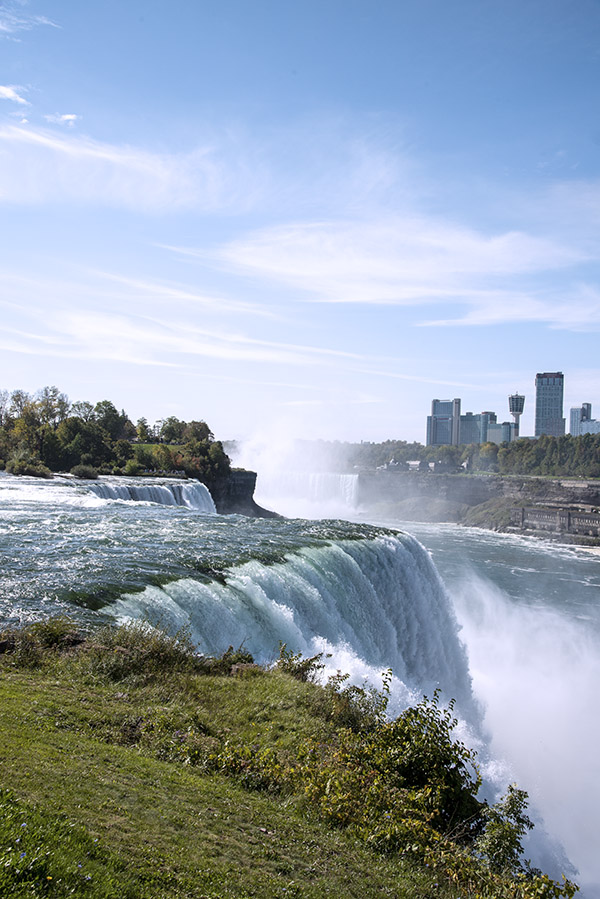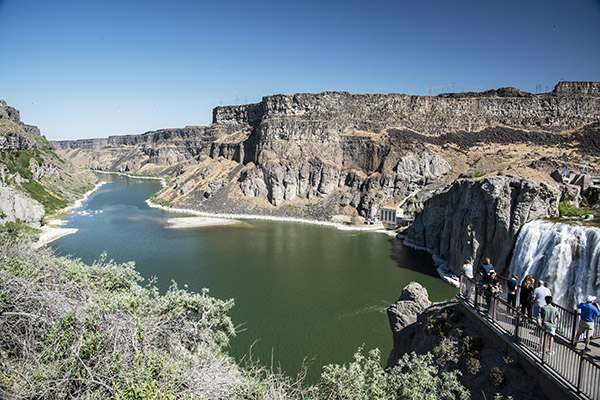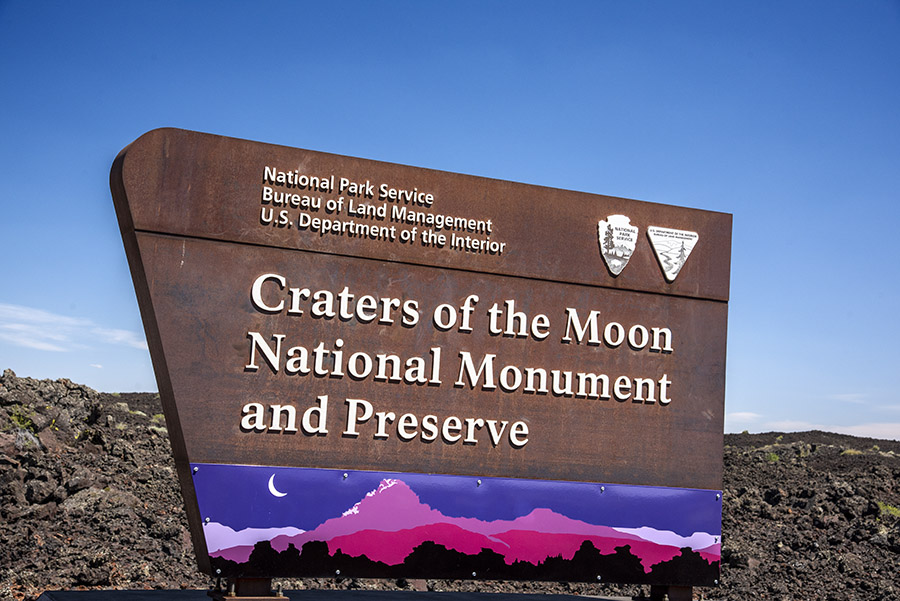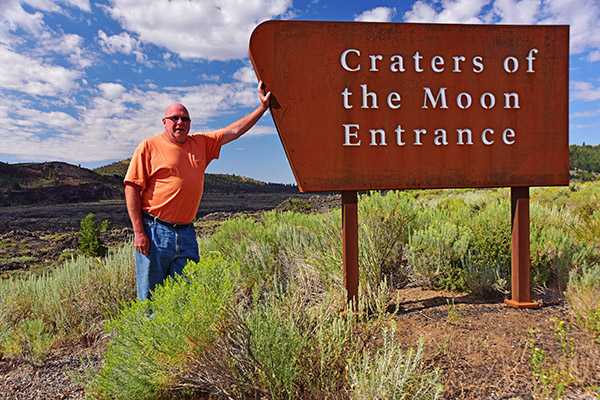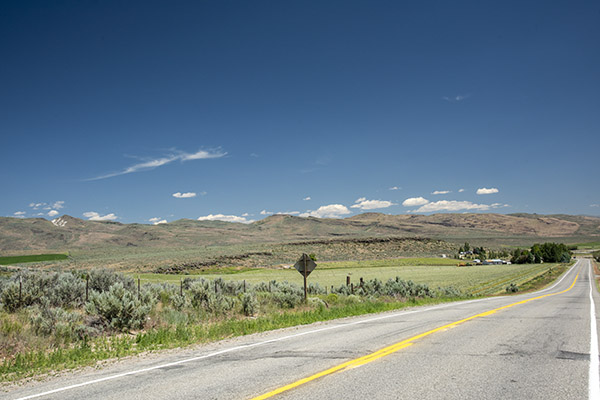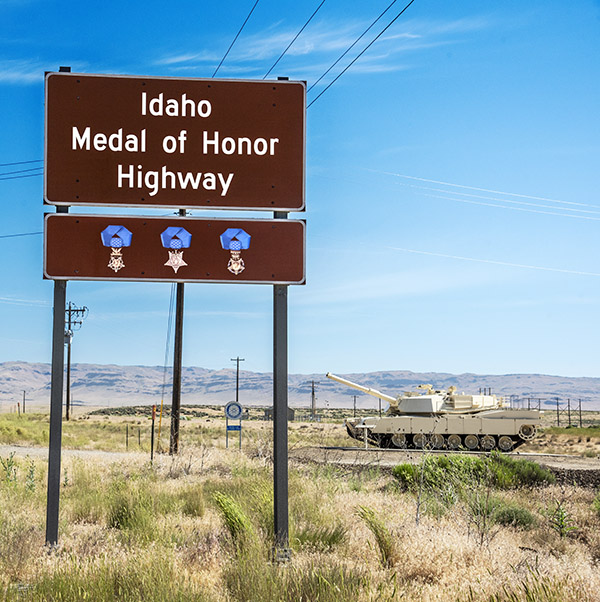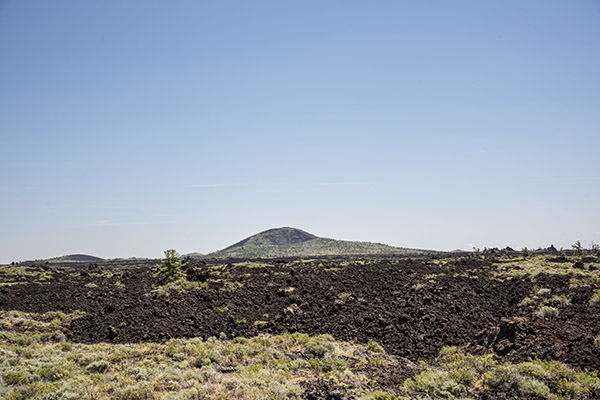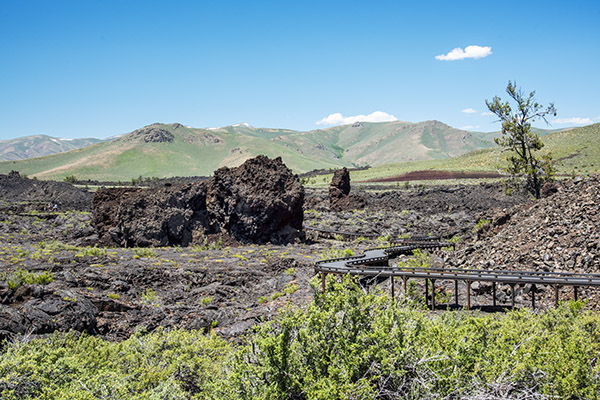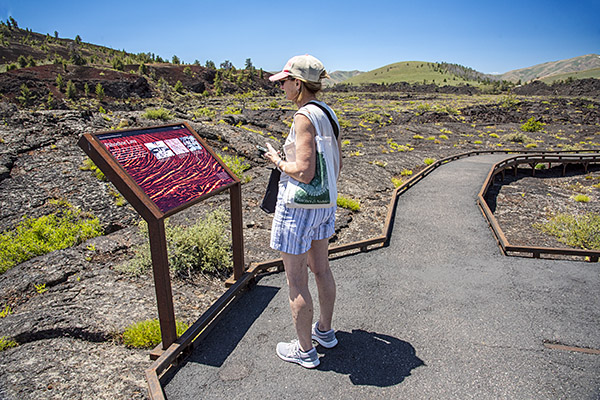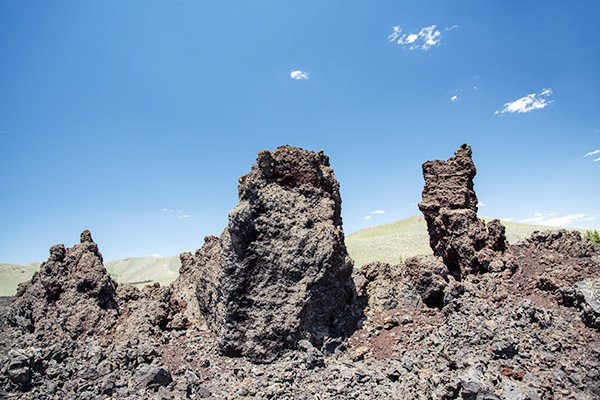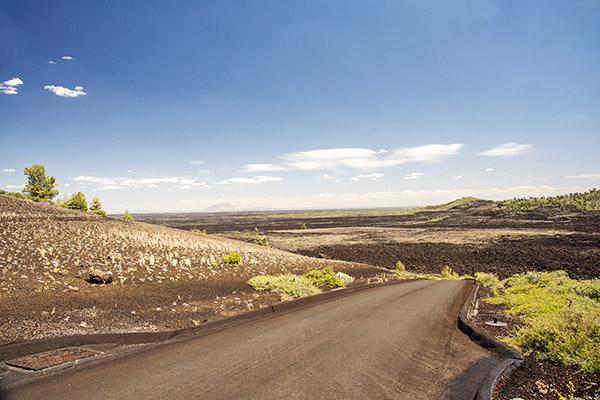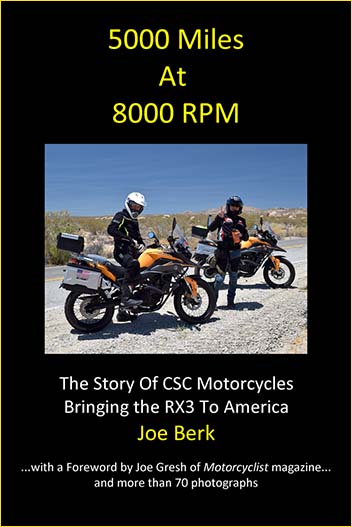By Mike Huber
As I had begun to enter my 5th month of travel, not knowing where I would be sleeping the next night became routine. My mentality was “Future Mike will figure this one out, he always does.” And I always did. That mindset isn’t wrong, as crazy as it felt. However, as time pushed on and the countries began to be more in my rearview mirror something was missing. A way to deeply experience a country, more than most experience it. Similar to my past life with living off the BMW GS1200. The bike added a much-needed color to my adventures whereas most were just doing these adventures in a van or car. The BMW gave me that extra level of depth that awakened my senses and really allowed me to meet some wonderful people I wouldn’t have otherwise.
Realizing I needed to experience something new (besides circling the globe solo). I needed something thrilling but something I had never done. I was two months into driving through Australia and about to board a flight from Sydney to Cairns. When I asked others in my hostel what was worth doing up there, one reply was always consistent: Scuba dive the Great Barrier Reef. That was it! I would become a certified scuba diver and head for the Great Barrier Reef.
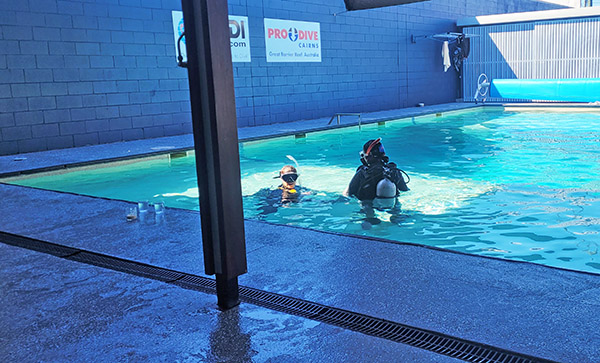 I registered for the dates I would be in Northern Australia for a 5-day Open Water PADI Scuba Certification Class. This class would include two days of classroom/pool training and three days and two nights on a live-aboard boat in the Great Barrier Reef. Upon filling out the school course paperwork it seems that due to my ripe old age of 51 I would require a physical. Not a big deal; there was a clinic across the street from my hostel. I am sure they would rubber stamp me through this, so I booked an appointment. Upon being called into see the doctor I noticed his clothing apparel seemed a bit…off. It wasn’t until I went into his exam room I noticed posters of Elvis all over the walls. Now his butterfly collar, gold glasses, slicked back hair made sense. He was an Elvis impersonator, or a big fan at the least. Once reviewing the physical requirements with him he explained the physical entailed much more than I expected, including chest x-rays, hearing tests, vision test, drug test, etc.
I registered for the dates I would be in Northern Australia for a 5-day Open Water PADI Scuba Certification Class. This class would include two days of classroom/pool training and three days and two nights on a live-aboard boat in the Great Barrier Reef. Upon filling out the school course paperwork it seems that due to my ripe old age of 51 I would require a physical. Not a big deal; there was a clinic across the street from my hostel. I am sure they would rubber stamp me through this, so I booked an appointment. Upon being called into see the doctor I noticed his clothing apparel seemed a bit…off. It wasn’t until I went into his exam room I noticed posters of Elvis all over the walls. Now his butterfly collar, gold glasses, slicked back hair made sense. He was an Elvis impersonator, or a big fan at the least. Once reviewing the physical requirements with him he explained the physical entailed much more than I expected, including chest x-rays, hearing tests, vision test, drug test, etc.
So I am not saying I cheated on this physical, nor am I disclosing if I did cheat how I would complete such an act. What I am saying is I passed the physical with flying colors. Sweet. I sent the paperwork off to the diving school and was formally accepted into the program. I was still smiling as I boarded my flight from Sydney to Cairns in Australia (which was one of the northern-most points of this mind-blowing continent).
Arriving on time to class (15 minutes prior to its scheduled start) I learned the class would be small. Myself, a young man from France and an American female from San Diego. Our instructor was from Pittsburgh. Normally I would hold that against her, but she was beyond stunning so it was easy to let that go as we began our class instruction on the equipment and different emergency protocols, hand signals, and a tutorial of almost any underwater emergency we could possibly encounter. This was the first half of the day and post lunch it was time to put these lessons to use, using our scuba gear in an enclosed 12-foot deep pool.
The first thing in the pool we performed even before learning about our gear was a swim test. This consisted of treading water for 10 minutes in place and a 300-meter swim. Upon successfully passing this, it was time to learn about all our gear. This included the air tank, BCD, respirator, fins, mask and snorkel, and how to successfully connect it all together.
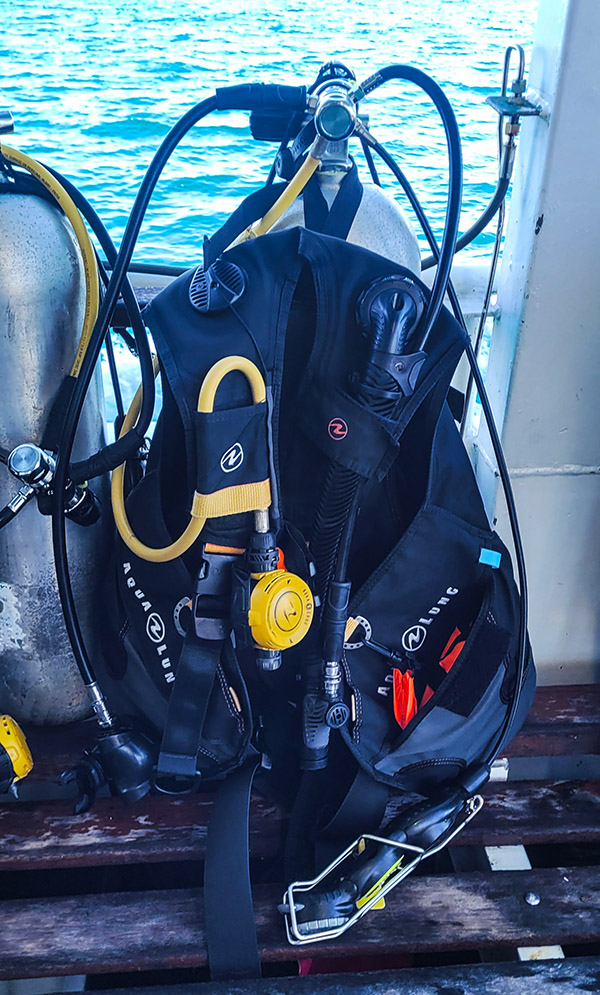
It was now time to put on the scuba gear and go underwater in the pool for the first time. I will admit this caused a bit of anxiety for the first few minutes, even though we were just a few feet under. It was a new experience for me and the others, so that was normal. In no time we were nailing the different drills, such as mask removal and replacement while underwater, and buoyancy control. We also performed drills in the event we ran out of air and how to signal and use your buddy’s secondary air supply (I of course made sure I was paired with the instructor). Little did I know at the time, but paying attention to this lesson would prove to be lifesaving in just a few weeks in Indonesia.
Upon successfully completing the classroom, pool sessions, and passing a written exam, we were ready to take our skills into the ocean. The next day we were scheduled to meet at 0700 at the boat launch where we would be on a live-aboard boat for the next three days. The remainder of our training and honing our skills would be performed in the open waters of The Great Barrier Reef in Australia. This is where we hopefully would pass and become Open Water Certified Divers. Bad ass!


